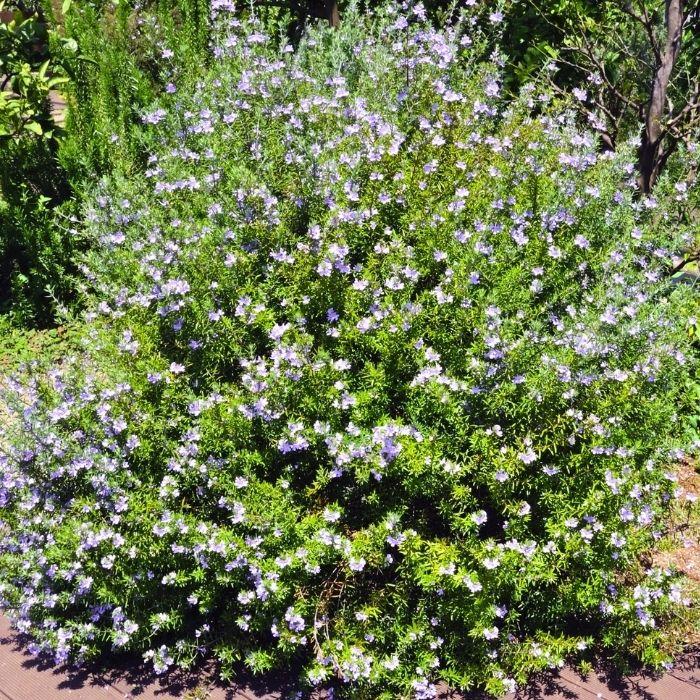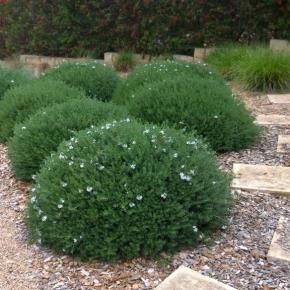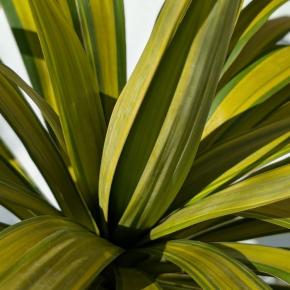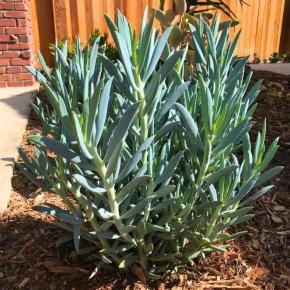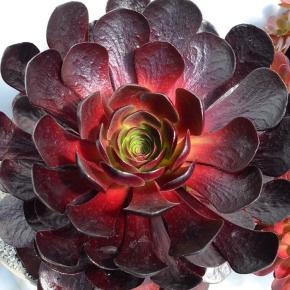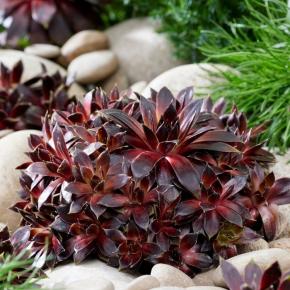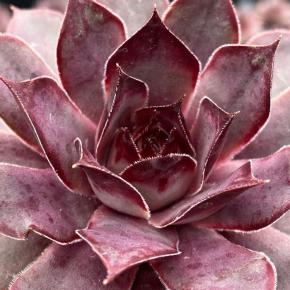Native to the coastal regions of Eastern Australia, Westringia fruticosa (commonly known as Coastal Rosemary) is a robust, salt-tolerant evergreen shrub renowned for its dense, fine foliage and extended flowering season. Exceptional drought resistance, high wind tolerance, and adaptability to poor soils make it a prime choice for challenging landscapes, coastal gardens, and low-maintenance commercial plantings.
|
Packaging
To find out more about our packaging, please visit our young plants' page available from the website header.

|
Available quantity | Dispo à partir de | Sold by | Desired quantity | |
|---|---|---|---|---|---|
|
Packaging
GT9
To find out more about our packaging, please visit our young plants' page available from the website header.

|
Available quantity 135 | Dispo à partir de Immédiat | Sold by min 10 |
|
|
Key Characteristics of Westringia fruticosa
Westringia fruticosa is an Australian native evergreen shrub valued for its resilience in exposed and saline environments. Its fine, linear leaves resemble those of rosemary, yet it is unrelated botanically. The shrub produces small, tubular, white-to-lilac flowers in profusion during spring and summer, often continuing sporadically throughout the year in temperate climates. The compact, rounded habit ensures minimal pruning requirements, while the plant’s tolerance to drought, salt spray, and poor, sandy soils makes it a reliable structural element in coastal and urban landscapes.
How to Use Westringia fruticosa
This species Westringia fruticosa is ideal for coastal hedging, windbreaks, and mass plantings where resilience and low maintenance are priorities. It can be shaped into formal topiary or left in its natural form for a soft, native look. In commercial projects, Westringia fruticosa serves as an erosion-control plant on sandy slopes and as a low-irrigation border in xeriscapes. It also adapts well to large containers for rooftop or courtyard gardens, maintaining form and vigour in restricted soil volumes.
Cultivation Guidelines for Westringia fruticosa
Plant Westringia fruticosa in well-drained sandy or loamy soils with a neutral to slightly acidic pH. Space plants 1–1.5 m apart for hedging, closer for a denser screen. Water regularly during establishment (first 6–8 weeks), then reduce frequency; mature plants require minimal irrigation. Light pruning after flowering will maintain density and promote repeat blooms. Fertilise in spring with a low-phosphorus, slow-release formulation suitable for Australian natives. Avoid heavy clay soils unless raised beds or mounding improves drainage.

